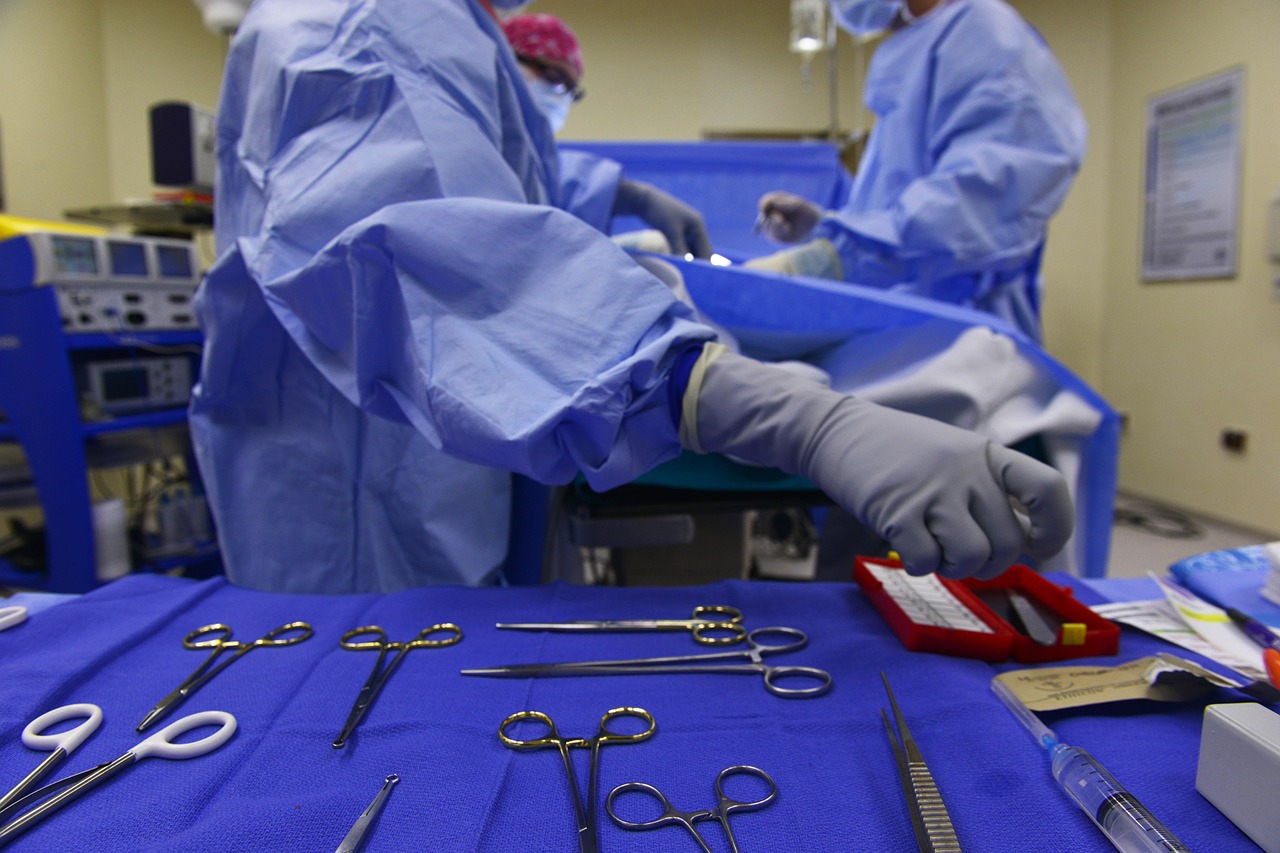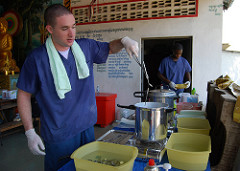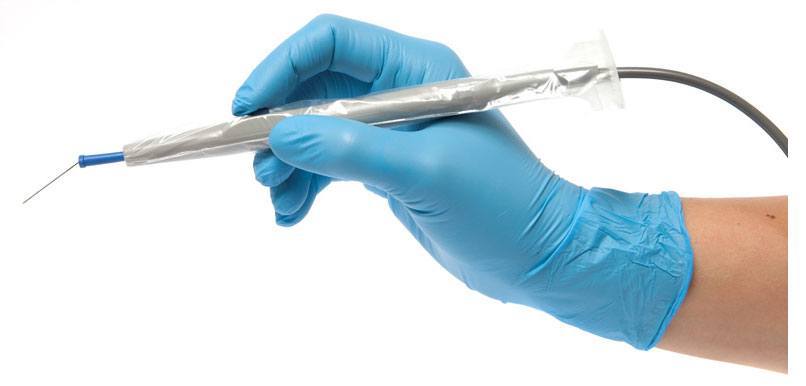Surgical Scissors: Design & Handling
Surgical scissors or “forceps” are surgical instruments engineered to make dissections and other cuts with high accuracy and precision.
So while choosing one, several important factors such as ease-of-handling, dimensional accuracy, quality, and manoeuvrability come into play.

Engineering
Surgical scissors cutting through a tissue apply three kinds of forces – torque, closing and shear.
Closing force is applied along the axis of the individual blades. Shear pushes one blade against the other while closing; allowing for it to cleave.
Torque is the rotational element of force experienced by the fulcrum of the scissors when its handle is moved; this is translated into closing force.
Engineers design these instruments carefully so that the right motion along the right axis always produces the desired action, leaving little room for errors – a quality always desired by surgeons.
How to Handle the Scissors
Trained hands – surgeons, in this case – know how to use these forces to their advantage while performing an incision.
1. Place the ring finger in to the rings, with the ends of the thumbs holding the medical instruments.
2. Place the index finger near the fulcrum (but not on it). Fulcrum is nothing but the screw holding the two blades together. This grip – also called thumb-ring grip – forms a smaller “tripod”, and is the most stable position for controlling torque and closing forces as it lets the user use all three axes.
1. Wield the surgical scissors while leaning forward and use the regular thumb-index grip. However, this method uses only two-axes direction control, and may cause the user to go off course.
2. The closing force in this case is often strong despite having the least shear and torque forces. This will create an irregular motion during the procedure, and requires highly skilled hands to give a clean cut.
3. The thumb-index finger grip in surgical methods can also be used for cutting in the reverse direction.
Such a grip applies three-axes direction control with good lateral stability, but nearly zero shear and torque forces. This method goes well with push cutting.
Conclusion
The best grip is the thumb-ring finger for better direction, torque and shear forces. If you cut backwards, the grip is most stable in direction control.
As a precaution, the user must make sure that the operable tissue is placed between the two blades correctly.


